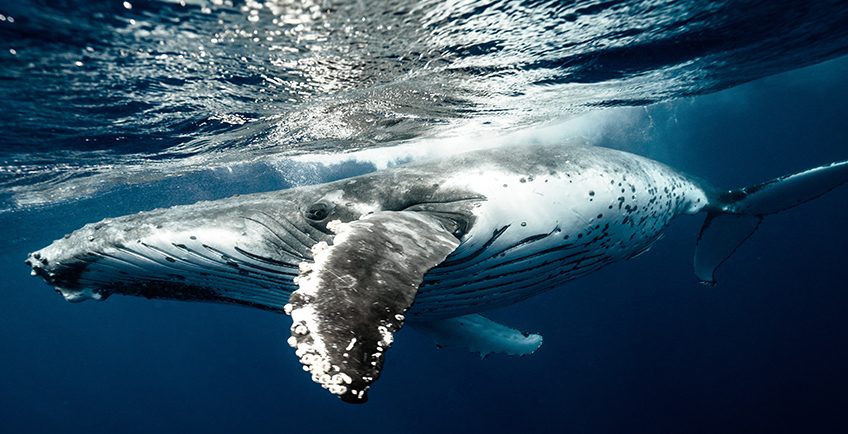Increased human anthropogenic activities such as shipping, offshore exploration, geophysical seismic surveys and naval sonar operations continuously change the soundscape in oceans. This, in turn, threatens the existence of ocean mammals as they utilise sound for navigation, communication, avoidance of predators, recognition of prey for survival and to function properly within their ecosystem. The negative effects of these activities include but are not limited to masking-difficulty in recognising crucial sounds as a result of an increase in background noise, avoidance and displacement from critical feeding and breeding grounds, and a decrease in reproduction rate. How marine mammal react to these negative impacts depend on factors such as species, age, gender, previous noise experience, location or body of water and behavioural state. For these reasons, the body of research focusing on the consequences of the abovementioned human activities has grown substantially in recent years. Ecosystem managers are particularly interested in conserving these mammals by searching for ways to mitigate the effects of human activities within the marine ecosystem to support their conservation and protection.
Challenges to automatic detection and classification techniques
In a previous article, it was mentioned that the Department of Electrical & Electronic Engineering had a project underway that focused on algorithms to track cetaceans monitored by passive acoustic systems, and to detect and classify cetaceans recorded with passive acoustic monitoring (PAM). This project included an evaluation of which low complexity algorithms are better suited to underwater acoustic systems. It further focused on the automatic detection and classification to contribute new algorithms with improved performance. However, a major challenge remains: the inadequate knowledge of the ecosystems of these mammals. As a result, more efficient methods are necessary to obtain information about the behaviour and movements of vocal animals from underwater sound recordings. In the research discussed in this article, Professor Daniel Versfeld and PhD researchers, Ayinde Usman, Olayinka Ogundile of the Department of Electrical and Electronic Engineering at Stellenbosch University review and categorise the existing techniques for the automatic detection and classification of cetacean vocalisations while emphasising the advantages and disadvantages of these techniques.

Background to passive acoustic monitoring
PAM is a popular method to monitor cetaceans in their ecosystems. However, the volumes of data accumulated using PAM are usually big, so they are difficult to analyse using manual inspection. Different techniques that yielded mixed outcomes have therefore been developed for the automatic detection and classification of signals of different cetacean species. So far, no single technique developed is perfect to detect and classify the vocalisations of over 82 known species due to variability in time-frequency, the difference in the amplitude among species and within species’ vocal repertoire, physical environment, among others. The accuracy of any detector or classifier depends on the technique adopted as well as the nature of the signal to be analysed. Applying a robust automatic detection and classification model to cetacean vocalisations can facilitate an understanding of their repertoire variation, individual vocal changeability, social setting relationships and some other crucial cetacean behavioural question. In the last few years, machine learning approaches and other automatic techniques have been used for the detection and classification of cetacean sounds with varying performance outputs.
Findings, challenges and future research prospects
It was found that there is no single technique that can detect and classify the vocalizations over 82 known species of cetacean and possible research directions that can improve existing detection and classification techniques were suggested. In addition, the article recommends other suitable techniques that can be used to analyse non-linear and non-stationary signals such as the cetaceans’ signals. Much research has been dedicated to this topic, however, there is no review of these past results that gives a quick overview of cetacean detection and classification. This review will help researchers and practitioners in the field to make insightful decisions based on their requirements.
Read the complete research paper: A. M. Usman, O. O. Ogundile and D. J. J. Versfeld, “Review of Automatic Detection and Classification Techniques for Cetacean Vocalization,” in IEEE Access, vol. 8, pp. 105181-105206, 2020, DOI: 10.1109/ACCESS.2020.3000477.





